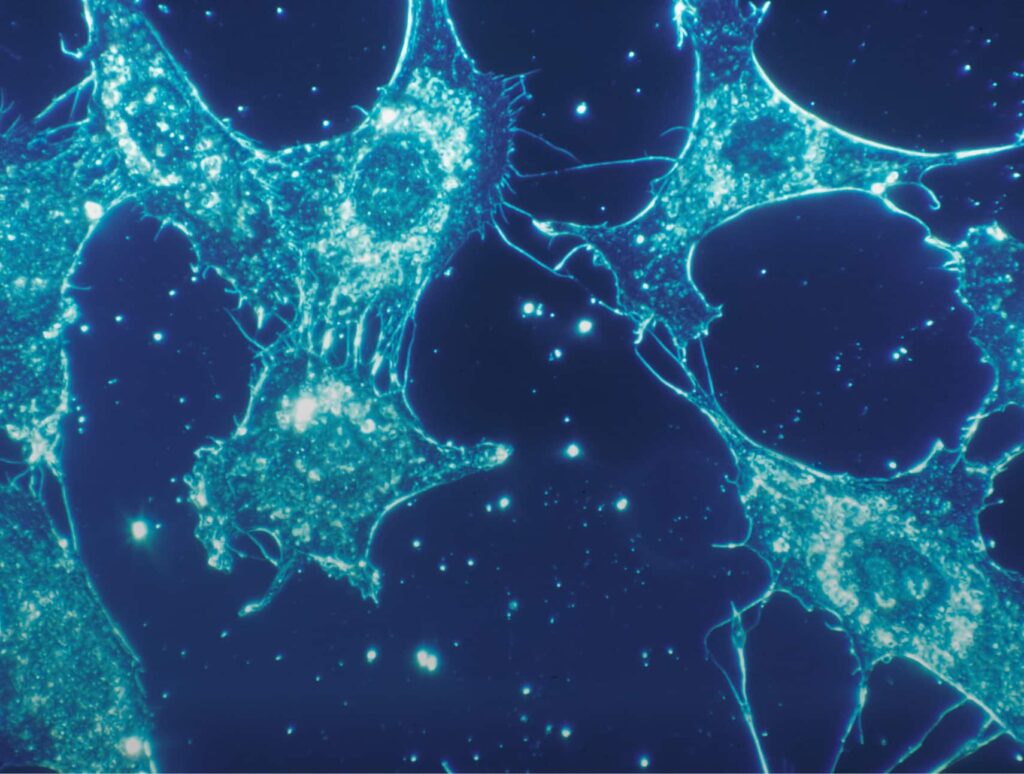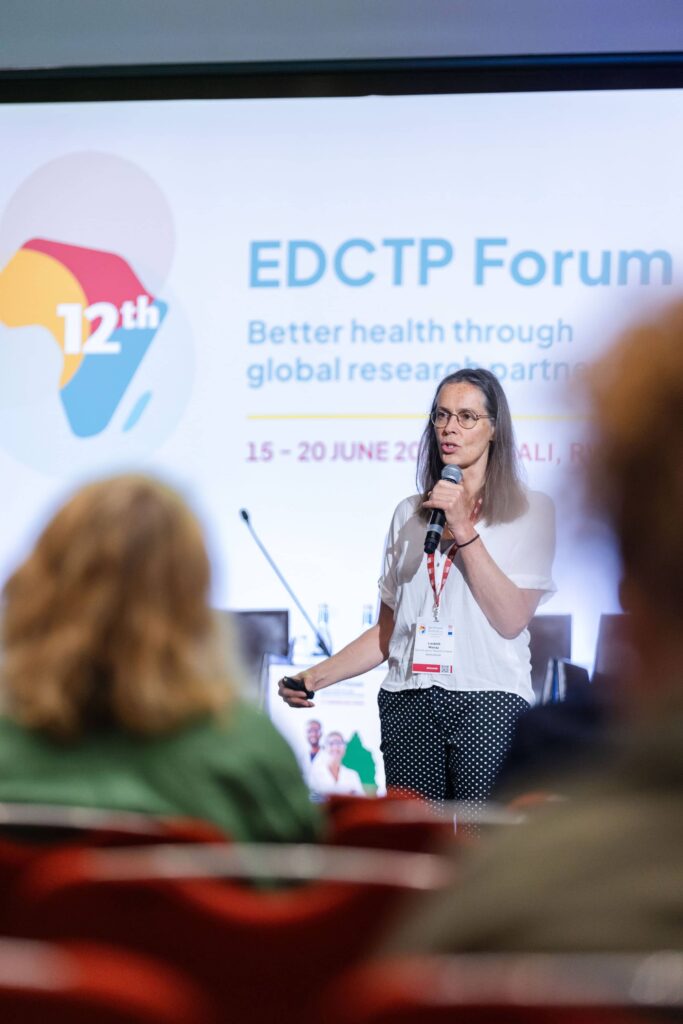What is Telacebec?
Telacebec is a first-in-class compound discovered by Qurient Co. Ltd., a clinical-stage biotechnology company based in South Korea, and licensed to TB Alliance, a not-for-profit organization dedicated to the discovery, development and delivery of better, faster-acting and affordable tuberculosis drugs, to advance the research and development for the treatment of tuberculosis (TB) and other non-tuberculosis mycobacterium infections.

Telacebec inhibits the mycobacterial cytochrome bc1 complex in the cellular respiration pathway, resulting in the depletion of ATP in M. tuberculosis, M. leprae and M. ulcerans, which are causative agents of TB, leprosy and Buruli ulcer, respectively. Depletion of ATP leads to the death of these bacteria.
Extensive preclinical studies have been performed characterizing the potential efficacy and safety of telacebec for these mycobacterial diseases. Telacebec has received Orphan Drug Designation and Fast Track Designation from the U.S. Food and Drug Administration.
Buruli Ulcer Trial
What’s Buruli Ulcer and how is it treated today ?
Buruli ulcer (BU) results from infection with the bacterium Mycobacterium ulcerans. This bacterium produces a toxin that damages the skin. If not treated early, BU can cause long-term disability.
The germ responsible for BU is related to those that cause tuberculosis and leprosy. BU is currently managed with an 8-week course of daily rifampicin and clarithromycin. This approach has drawbacks such as the lengthy treatment duration, the risk of developing resistance to rifampicin, and potential interactions between rifampicin and clarithromycin.
Objective
The randomized, controlled Phase 3 study proposed in TEBULA for BU will seek to demonstrate that a short, monotherapy course of telacebec will lead to faster healing than the standard of care. Safety will also be a key endpoint, and it is expected that a single drug for a few weeks at most will be safer and better tolerated than two drugs for two months.
Leprosy Trial
What’s Leprosy and how is it treated today ?
Leprosy, also known as Hansen disease, is a chronic infectious disease caused mainly by a type of bacteria called Mycobacterium leprae. The disease affects the skin, the peripheral nerves, the mucosa of the upper respiratory tract and the eyes. Apart from the impact physical appearance, persons affected by leprosy also face stigmatization and discrimination. However, leprosy is curable and treatment in the early stages can prevent disability. The current leprosy treatment is a multidrug therapy combining rifampicin once a month, clofazimine daily and dapsone daily.
Dapsone has known adverse reactions (anaemia, hypersensitivity) and clofazimine causes stigmatizing side effects and adverse effects, like skin discoloration. New, potent bactericidal drugs are critically needed to develop simpler and better tolerated treatment for people with leprosy.
Telacebec has demonstrated exceptional potency against M. leprae.
Objective of the phase II clinical study
The objective of the leprosy study in TEBULA will be to identify an optimal telacebec dosing regimen that can anchor novel telacebec-based treatment regimens with high efficacy, improved safety, and shorter duration than current multi-drug therapy. The Phase 2 leprosy study will explore several telacebec dosing regimens, given as monotherapy over a two-month period, followed by treatment with standard multi-drug therapy.

